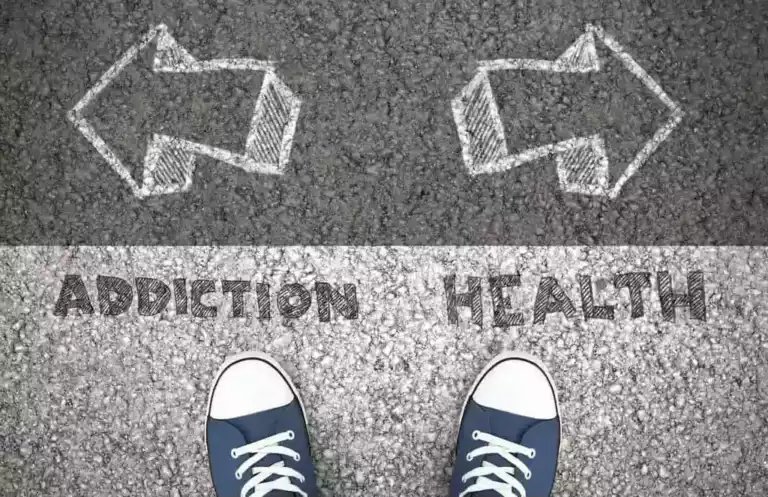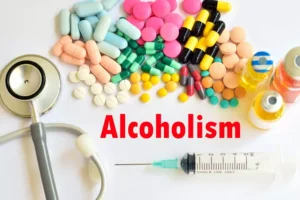
In some states, the information on this website may be considered a lawyer referral service. Please reference the Terms of Use and the Supplemental Terms for specific information related to your state. While the penalties in each state are different, here are some examples of the penalties a person might face for a first, second, and third DUI. A standard drink in Australia is 10 grams of pure alcohol, while in the United States it is 14 grams.
3. Drinker Types
Unfortunately, we experienced difficulty in recruiting Hispanic participants to our study. This could be due, in part, to the fact that illegal aliens face a threat of deportation following a conviction (Brown, 2011). Hispanics who are illegal aliens would understandably be reluctant to self-report drinking and driving and prior arrests for this reason.
Addiction, Drinking Behavior, and Driving Under the Influence
But it is still jail time, which carries consequences—including consequences for your mental health. During the Labor Day holiday period, we typically see an increase in drunk-driving deaths — and that’s why you’ll likely see more law enforcement on the roads. Drive Sober or Get Pulled consequences of drinking and driving Over, which runs from August 14-September 2, aims to educate people about the dangers and consequences of driving drunk. Over 10,000 people die each year in the U.S. from alcohol-related car crashes. And every two minutes, someone is injured in a car accident involving alcohol.

Penalties Underage DUI Offenders Face
The results have been pretty undeniable–in the following year, fatal crashes dropped by a total of 19.8%. Note, that isn’t even “fatal drunk driving crashes” specifically, but all fatal automobile crashes in the state, in the course of a single year. At the same time, seemingly none of the anticipated potential downsides of lowering the BAC limit presented themselves. The rate of intoxicated driving arrests didn’t climb, and actually declined from the rate a few years before the new BAC policy was implemented. In short, it’s not as if people in Utah suddenly stopped drinking, or even drank measurably less in general once the BAC limit was changed–they just became less likely to climb behind the wheel of a car after drinking, stating that they were more likely to arrange a ride or other transport.

The personal consequences of drunk driving
Despite overall marked reductions in alcohol-related traffic deaths since the early 1980s, there has been little reduction since the mid-1990s, and alcohol-related traffic deaths have increased slightly in the past 3 years. In 2016, among all alcohol-impaired driving crash fatalities,12 6,479 deaths (62 percent) were drivers https://ecosoberhouse.com/ who had BAC levels of 0.08% or higher, 3,070 (29 percent) were motor vehicle occupants, and 948 (9 percent) were nonoccupants (NCSA, 2017b). See Figure 2-1 for more details on fatalities by role in alcohol-impaired driving crashes. Children are particularly vulnerable to alcohol-impaired driving crash fatalities.
Accident Analysis & Prevention
Drinking and Driving Law Enforcement
- And, in some cases, a driver who’s charged with driving under the influence might have viable legal defenses.
- DWI arrest rates also vary according to rural and urban composition, with arrests in nonmetropolitan areas outnumbering metropolitan arrests since the early 2000s (Huseth, 2012).
- Based on NHTSA’s estimates of the BACs of drivers’ most recent drinking–driving trips (derived from survey results), 16- to 20-year-old drivers had an average BAC of 0.10 percent, three times the average BAC of adults (including 16- to 20-year-old drivers) who drove after drinking.
- Findings from the 2007 National Roadside Survey show that Asian and Hispanic or Latino drivers are less likely than white drivers to be drinking (Kelley-Baker et al., 2013).

